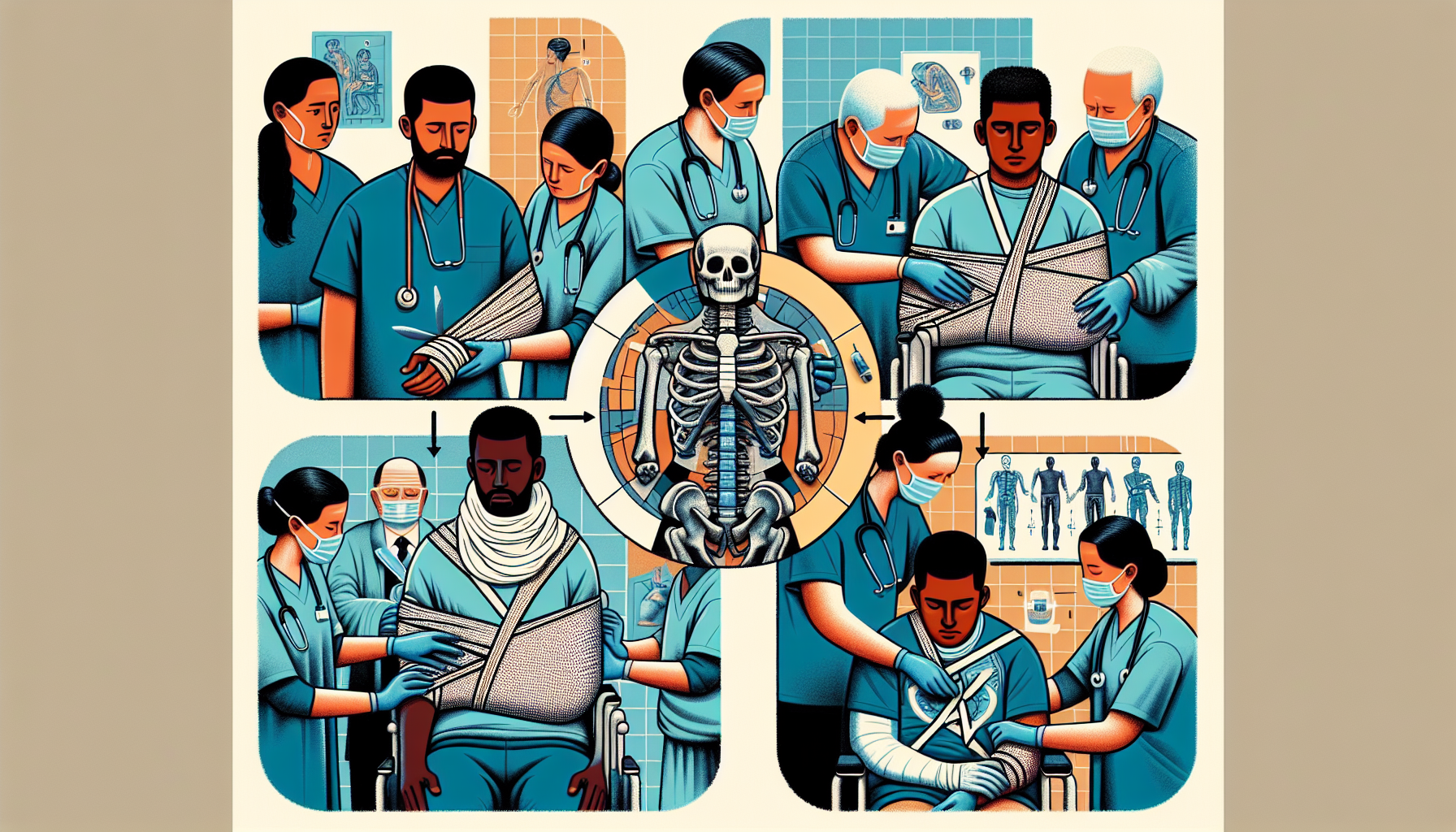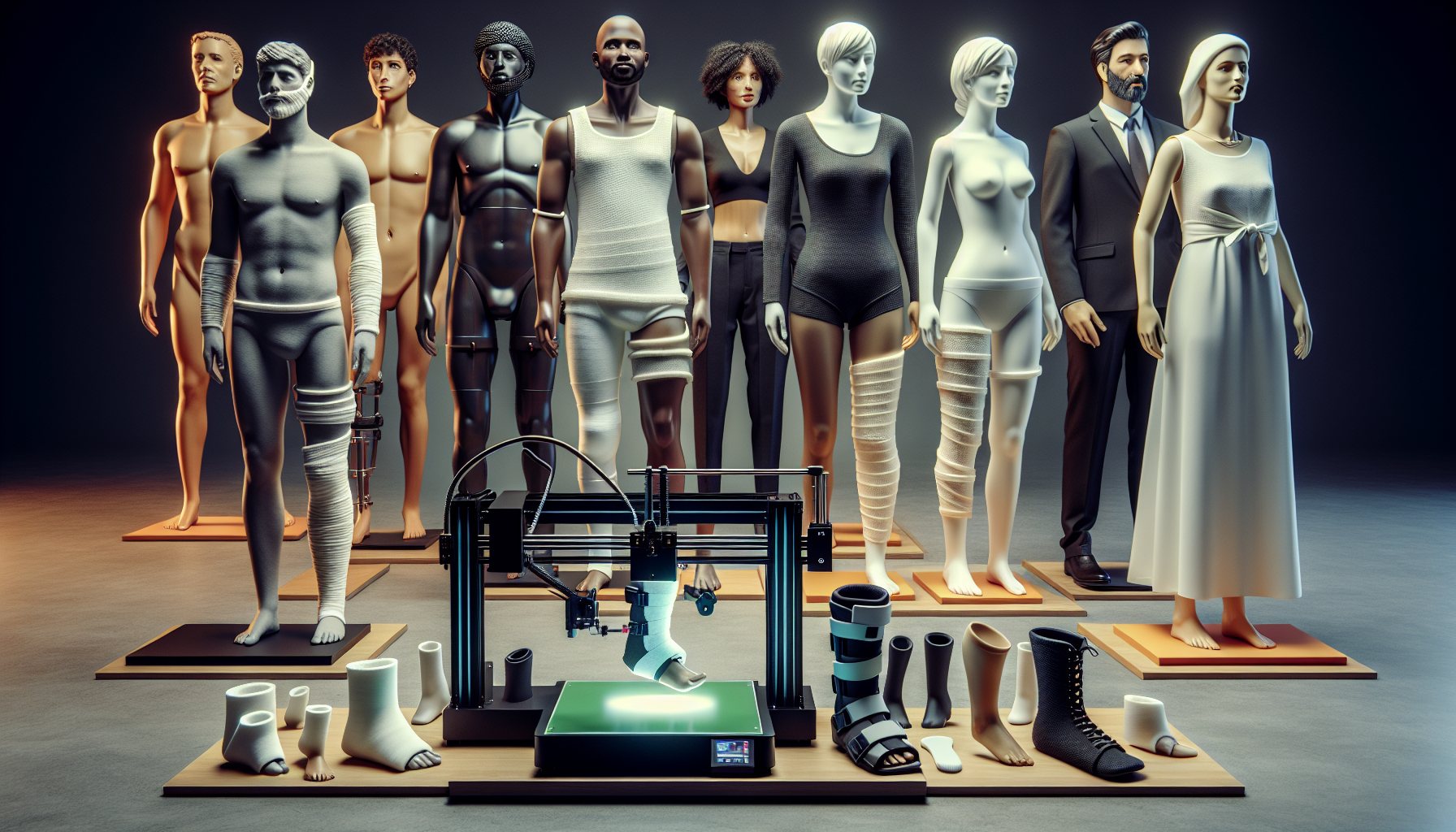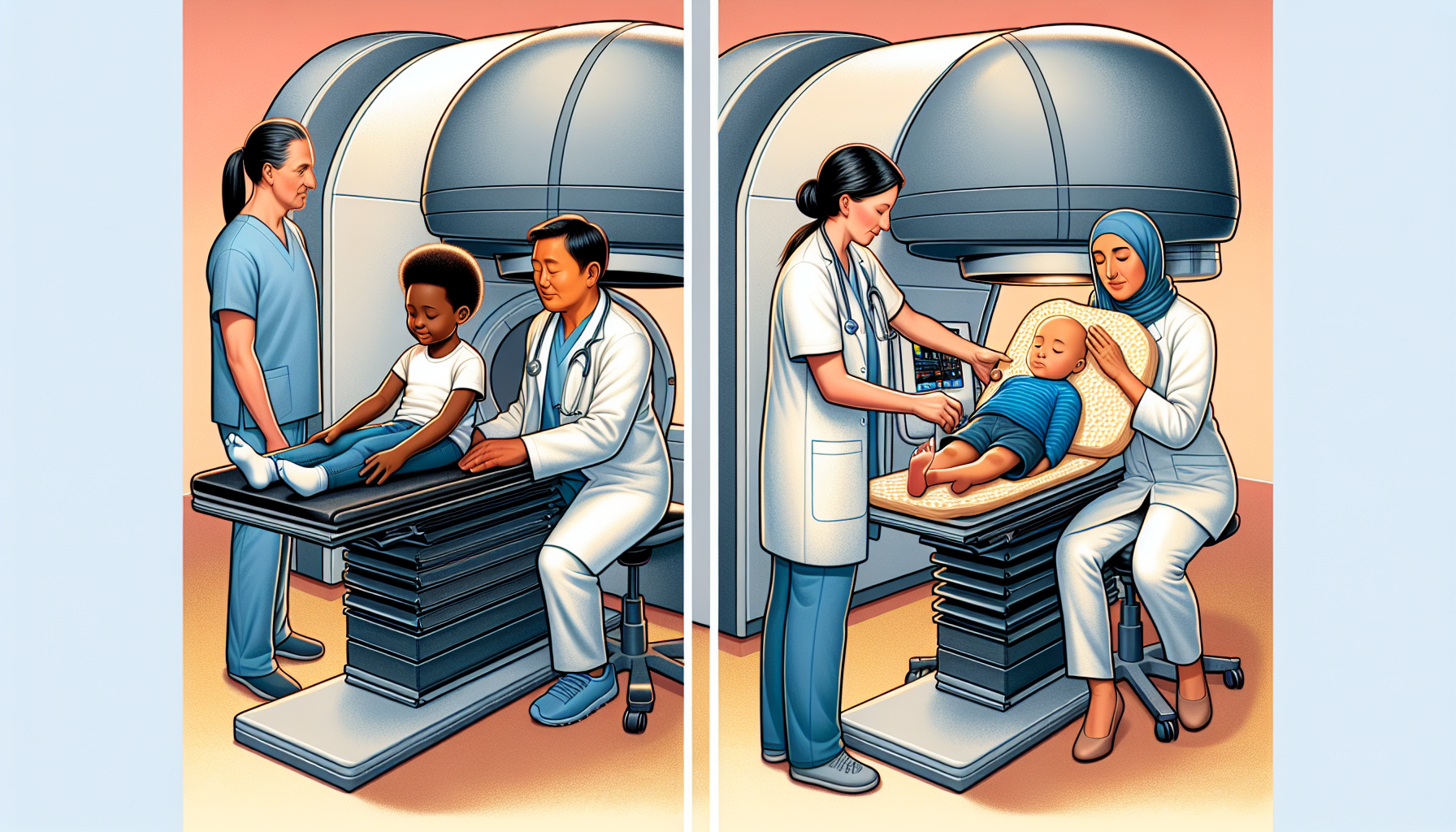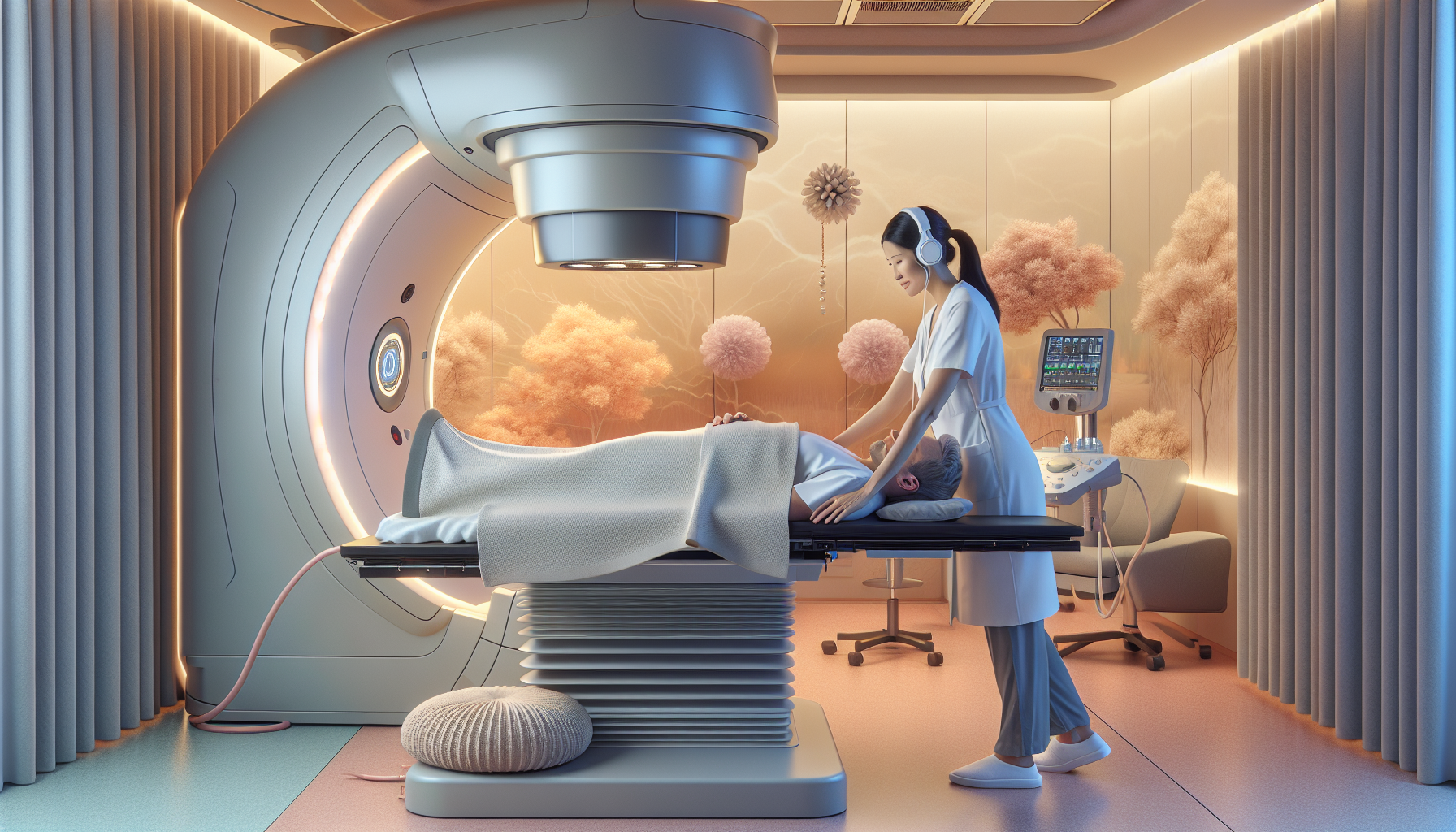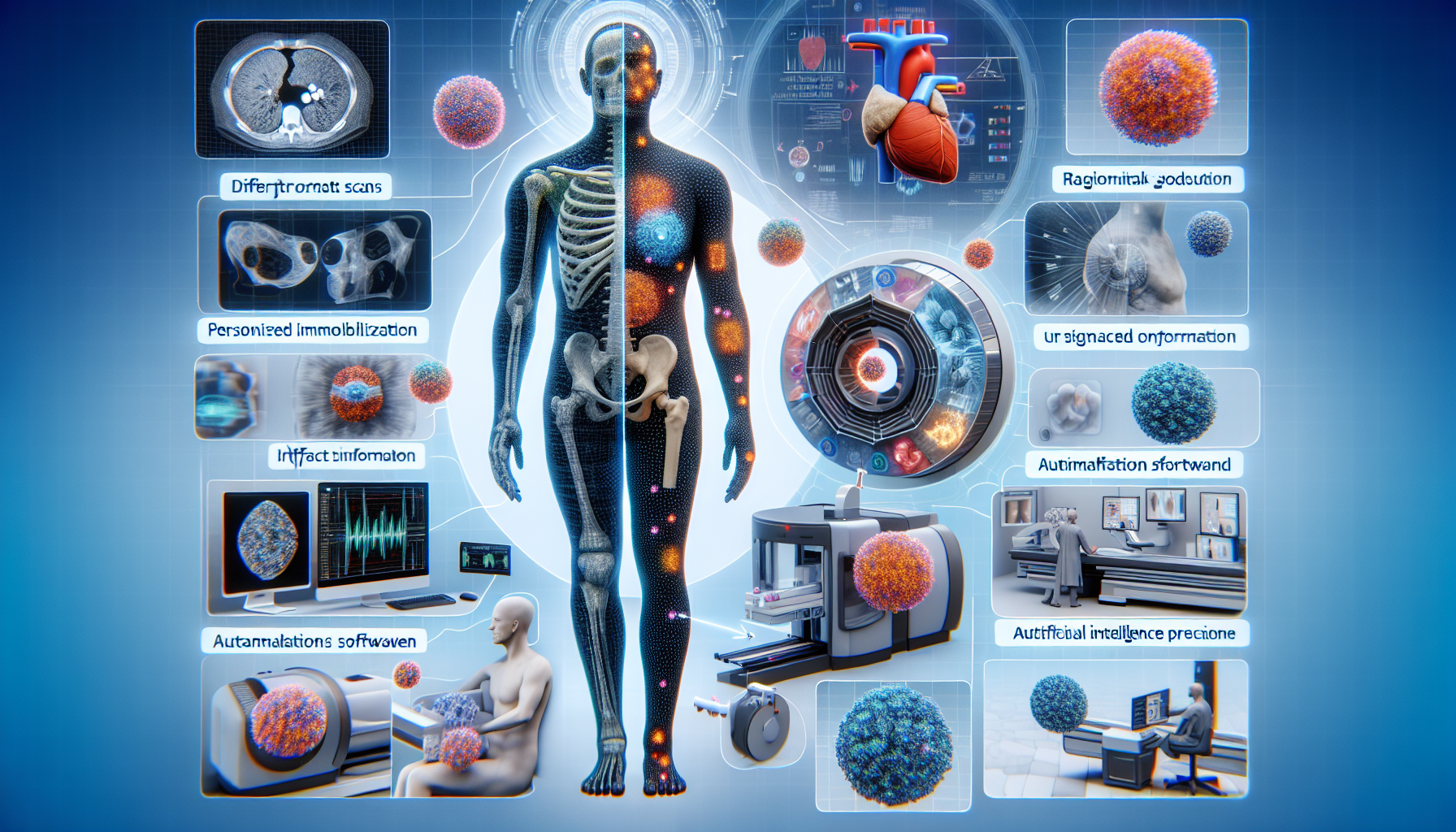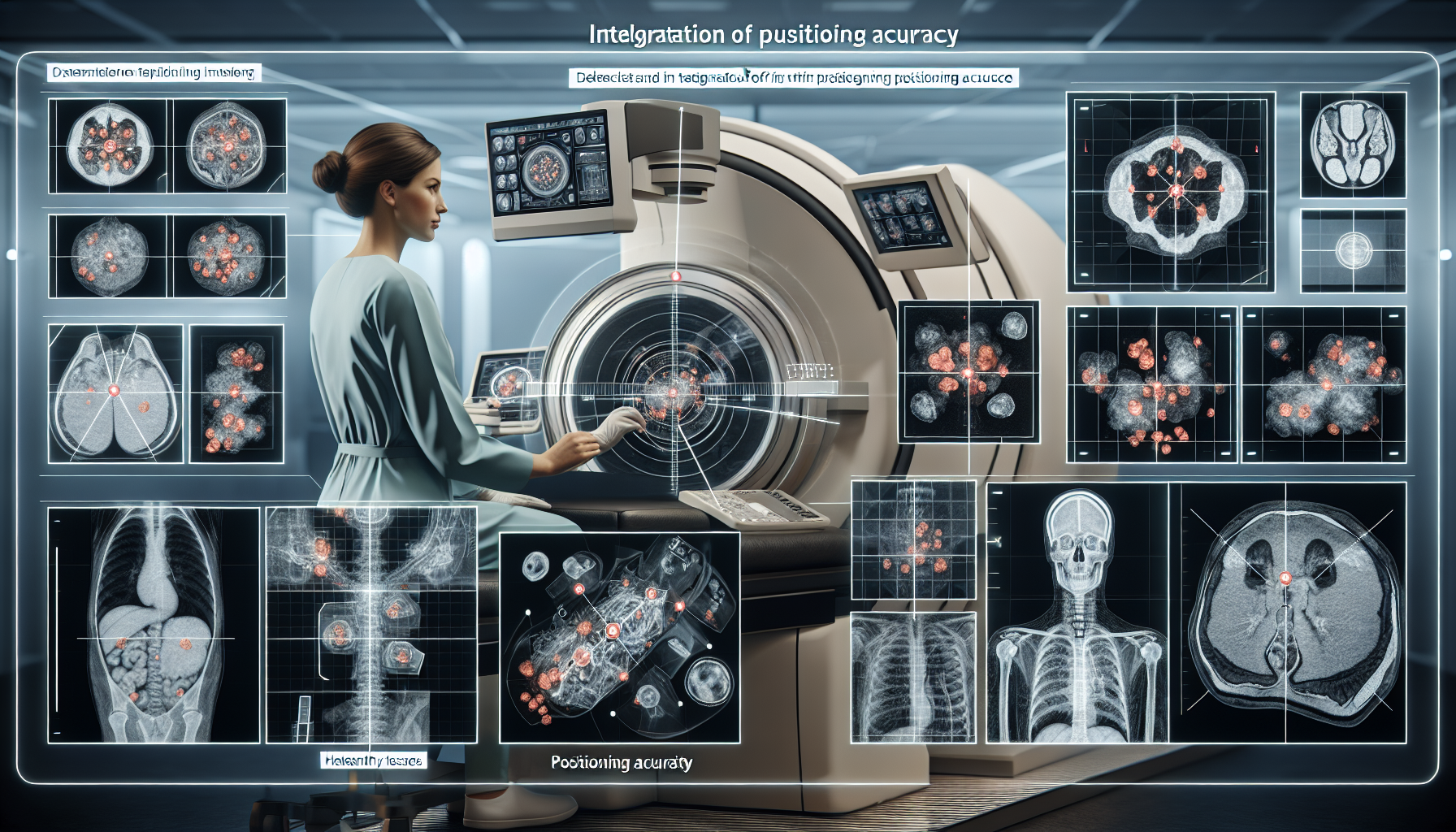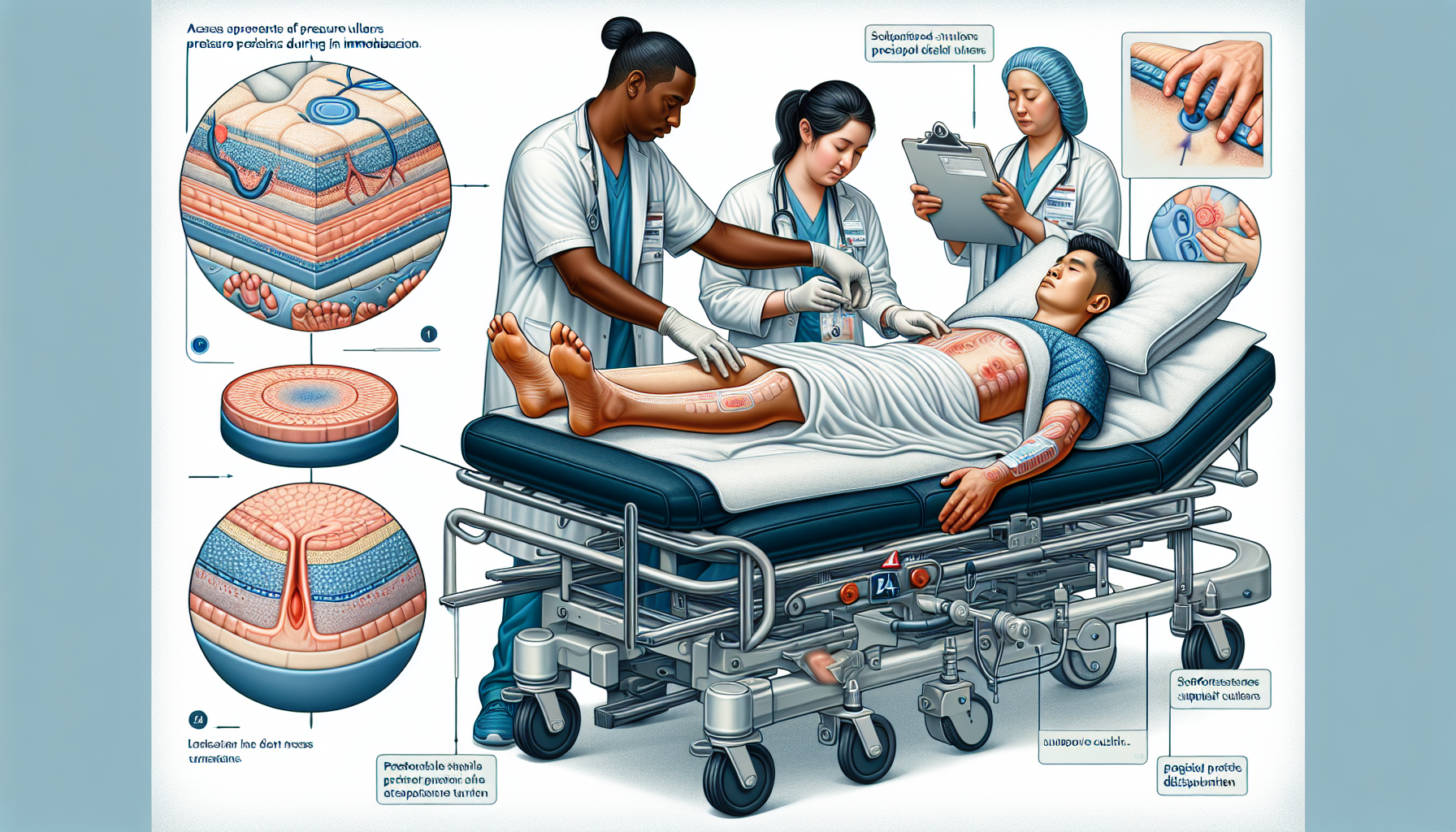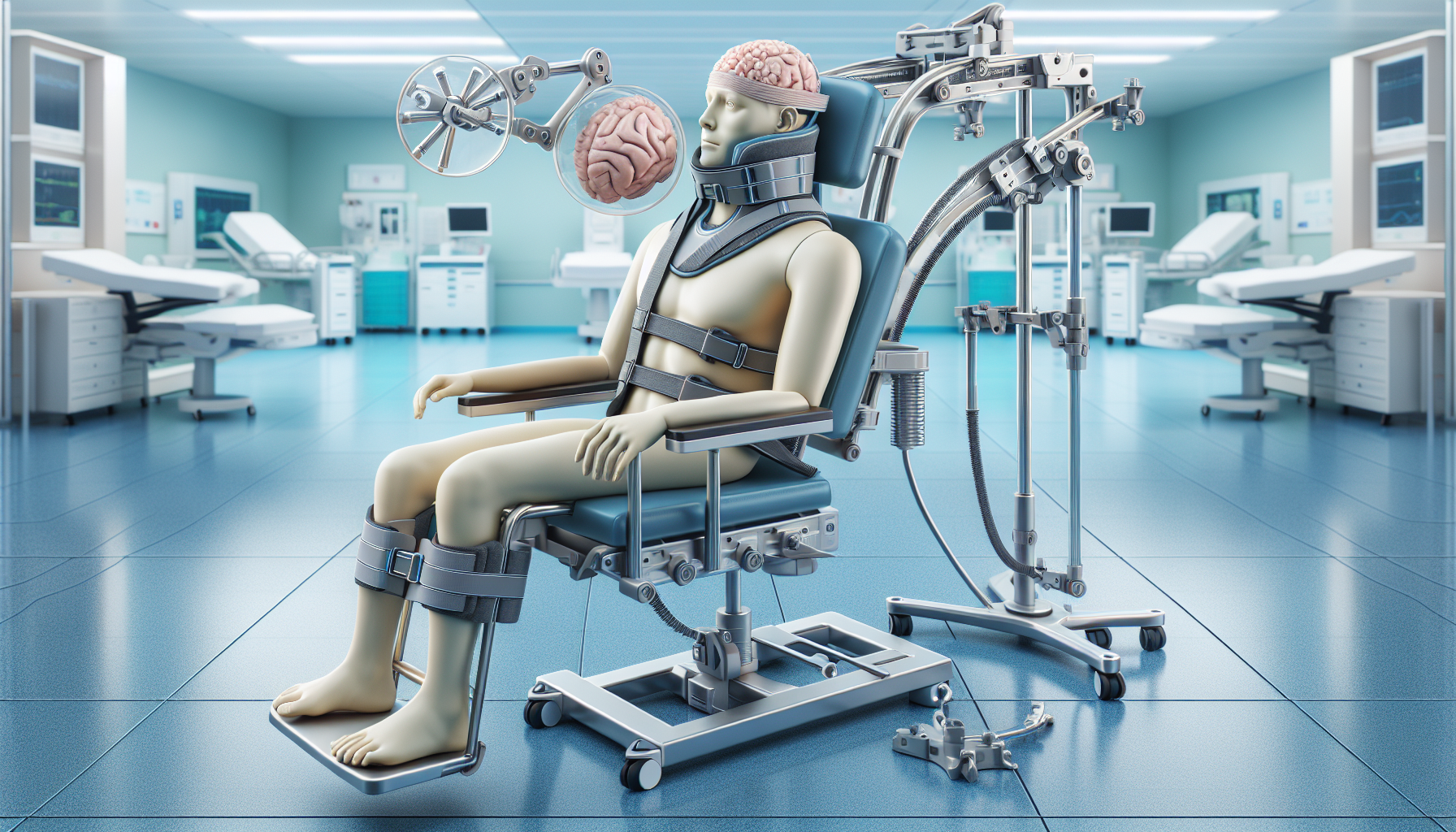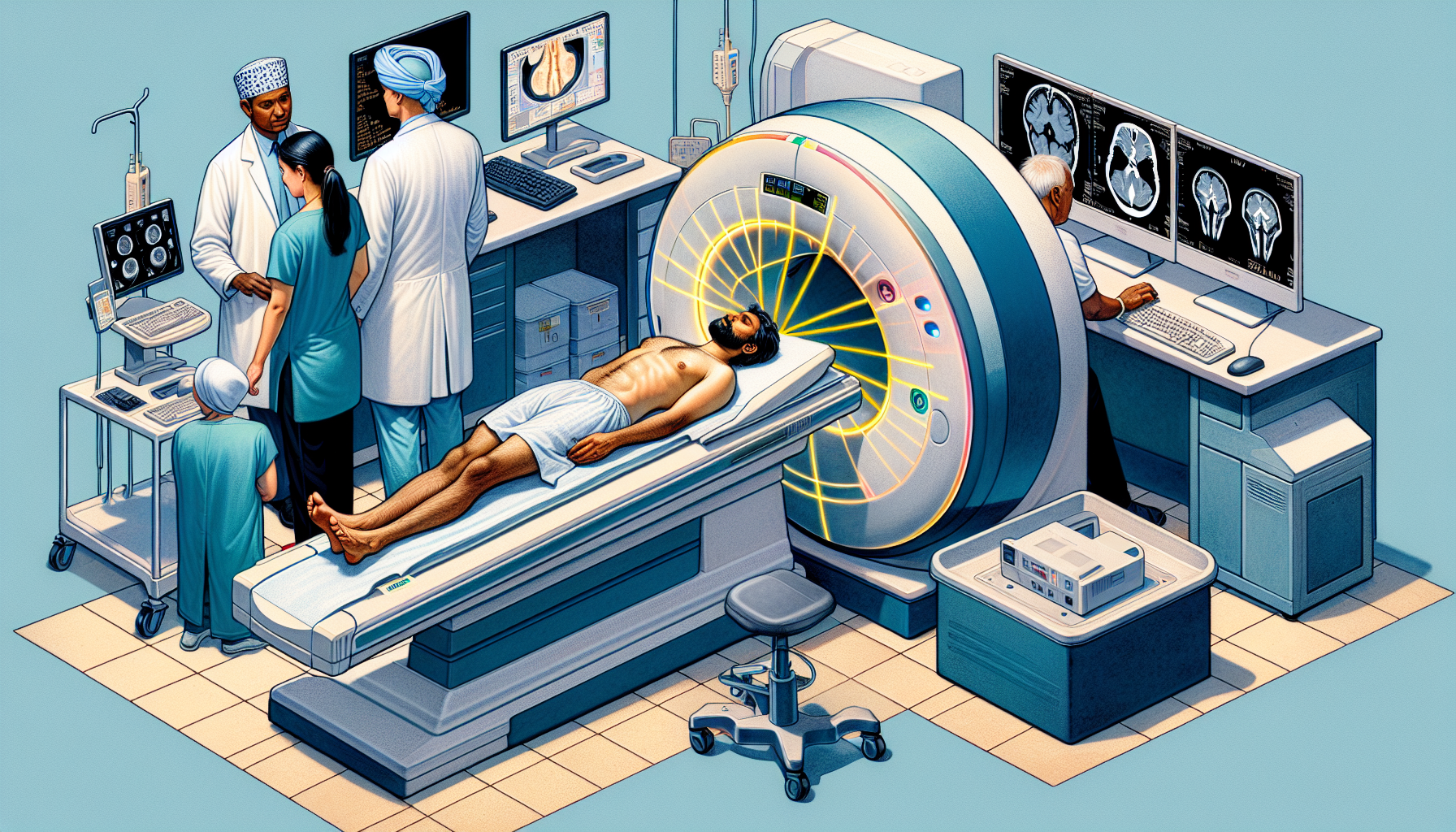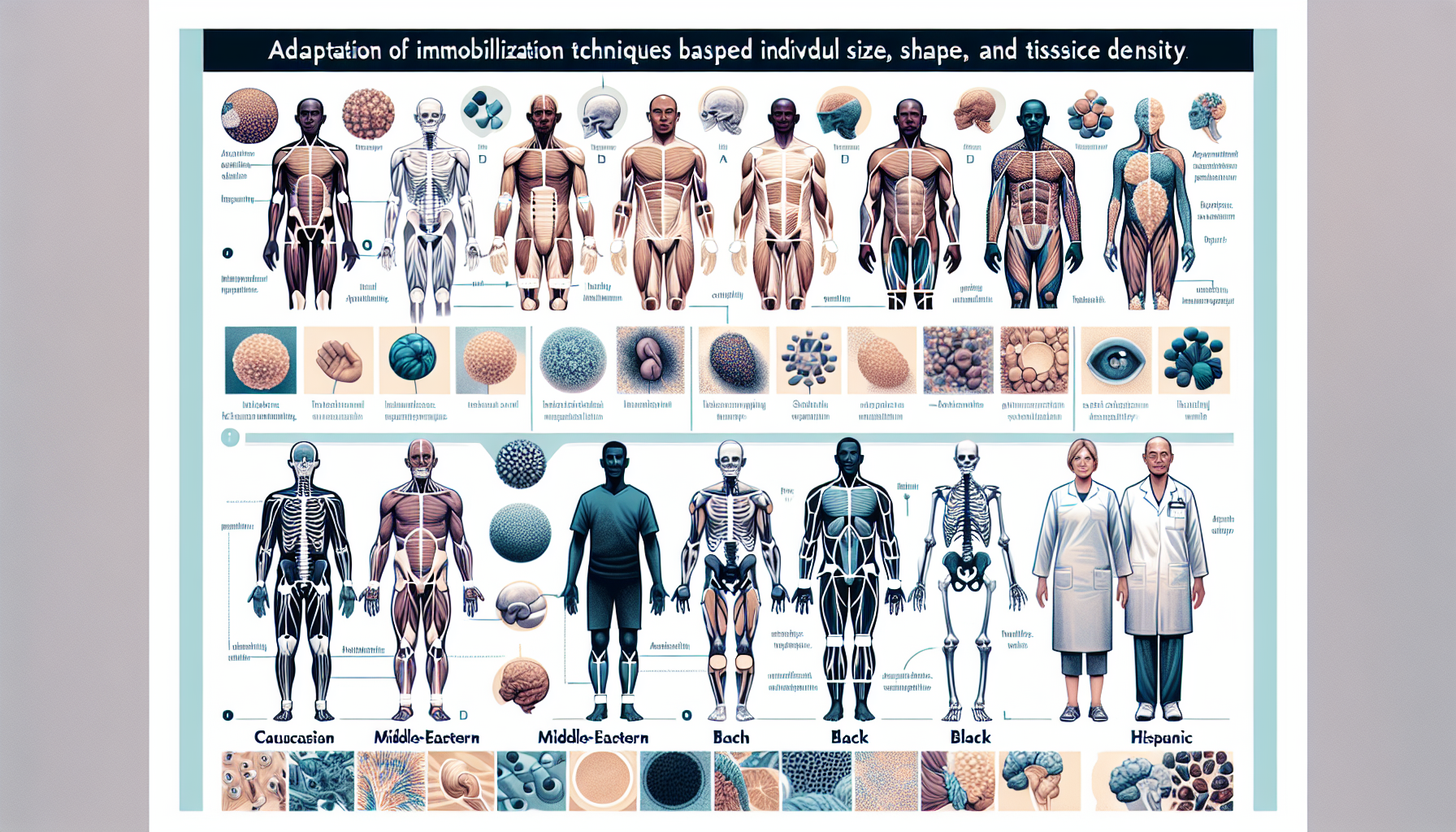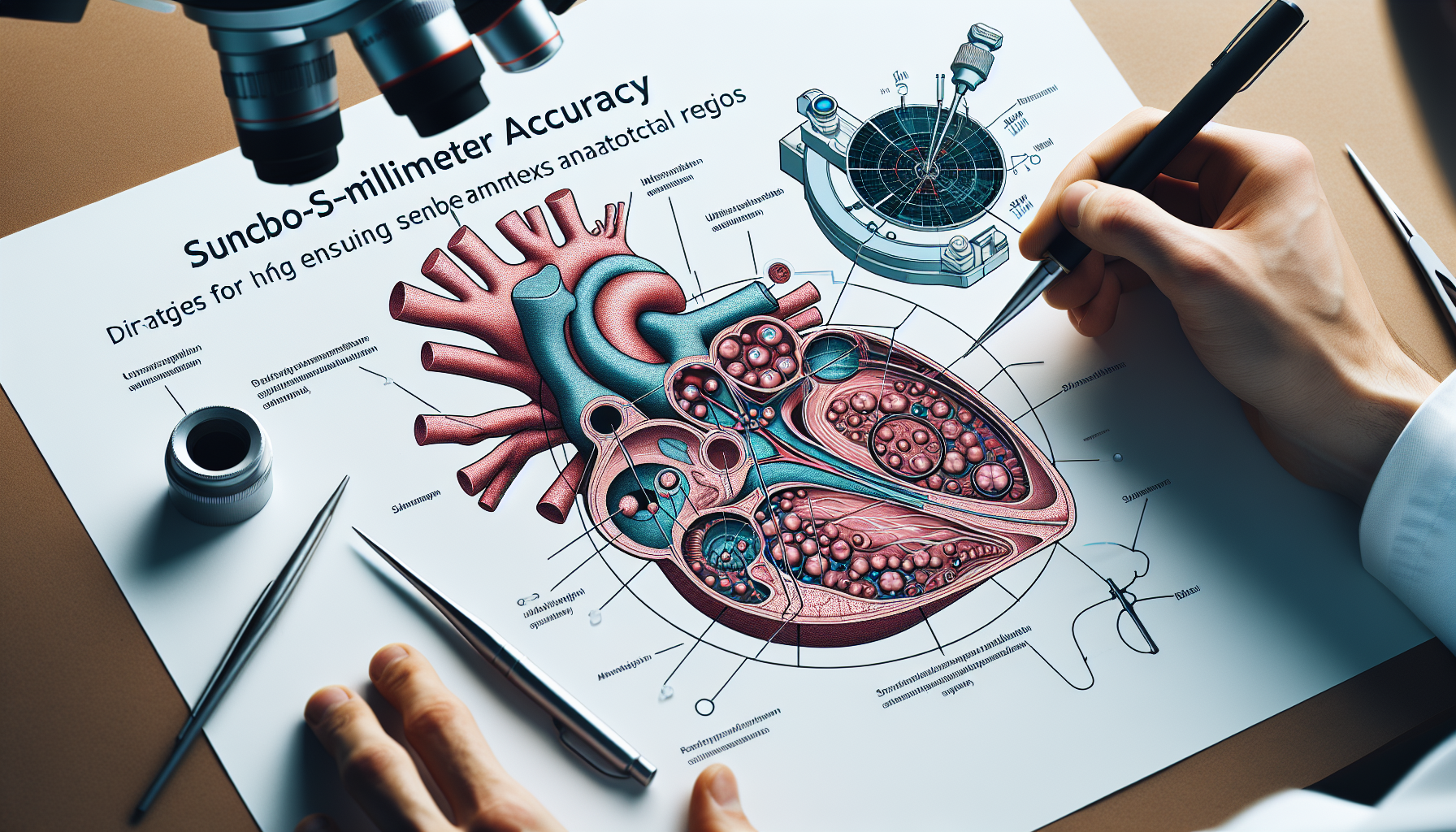Quiz Topic: Patient Considerations in Positioning and Immobilization
Question 1 of 20: How does abnormal spinal curvature impact immobilization techniques in radiology?
Question 2 of 20: What is a significant benefit of 3D printing in the production of customized immobilization devices?
Question 3 of 20: In pediatric radiation therapy, what modification is often required for immobilization of very young children compared to older pediatric patients?
Question 4 of 20: Which non-invasive immobilization method is commonly used for pediatric patients during radiation therapy?
Question 5 of 20: What is a critical psychological consideration when immobilizing anxious patients for a procedure?
Question 6 of 20: Which strategy can enhance patient comfort during radiation therapy immobilization?
Question 7 of 20: How can radiomics contribute to the designing of personalized immobilization in cancer therapy?
Question 8 of 20: How does image-guided therapy contribute to the accuracy of patient positioning in radiation therapy?
Question 9 of 20: What is the impact of comprehensive patient education on treatment compliance in the context of immobilization?
Question 10 of 20: Which communication strategy is important to improve the patient immobilization experience during treatment?
Using complicated medical terms to explain the process to the patient Discussing only the side effects of non-compliance with immobilization Avoiding any explanation of the immobilization process to prevent anxiety Engaging in active listening and setting expectations about the immobilization process
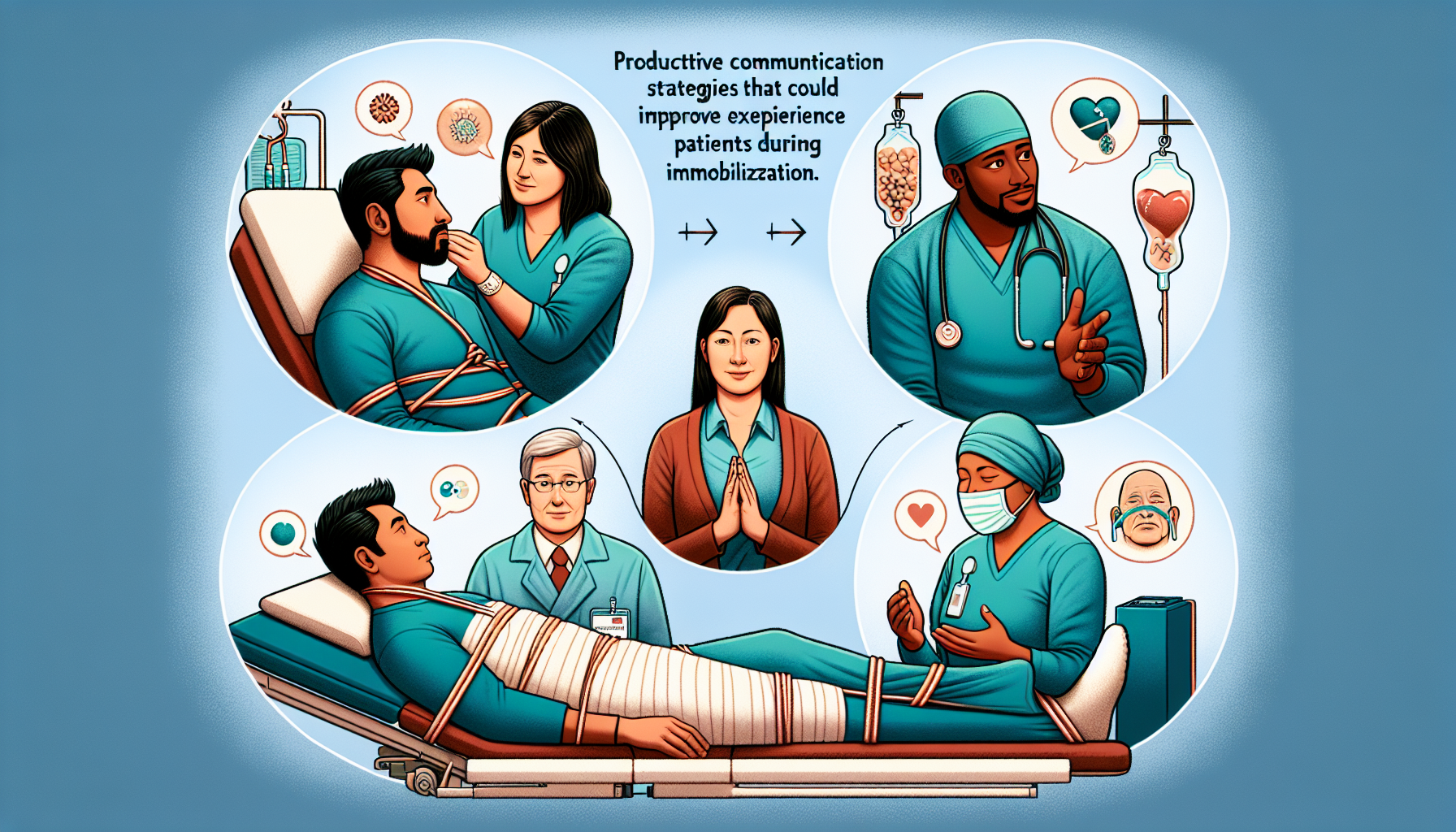
Question 11 of 20: What is the primary factor to assess to predict and prevent pressure ulcers during patient immobilization?
Question 12 of 20: Which specialized immobilization device is critically important for maintaining precision during radiation therapy for CNS tumors?
Question 13 of 20: Which advanced image analysis lab technique is NOT commonly used for precision positioning of patients?
Question 14 of 20: What role does MRI play in verifying patient positioning?
Question 15 of 20: During prolonged immobilization, what skin integrity issue should clinical staff be vigilant about?
Question 16 of 20: What is the primary purpose of utilizing patient comfort devices in a clinical setting?
Question 17 of 20: Which factor must be considered to adapt immobilization techniques to an individual's unique physique?
Question 18 of 20: What is the advantage of non-restrictive immobilization tactics in managing patient movement?
Question 19 of 20: How does patient-centered care contribute to the efficacy of treatment in radiation oncology?
Question 20 of 20: Which strategy is LEAST effective in ensuring sub-millimeter accuracy during radiation treatment of complex anatomical regions?
Score:

